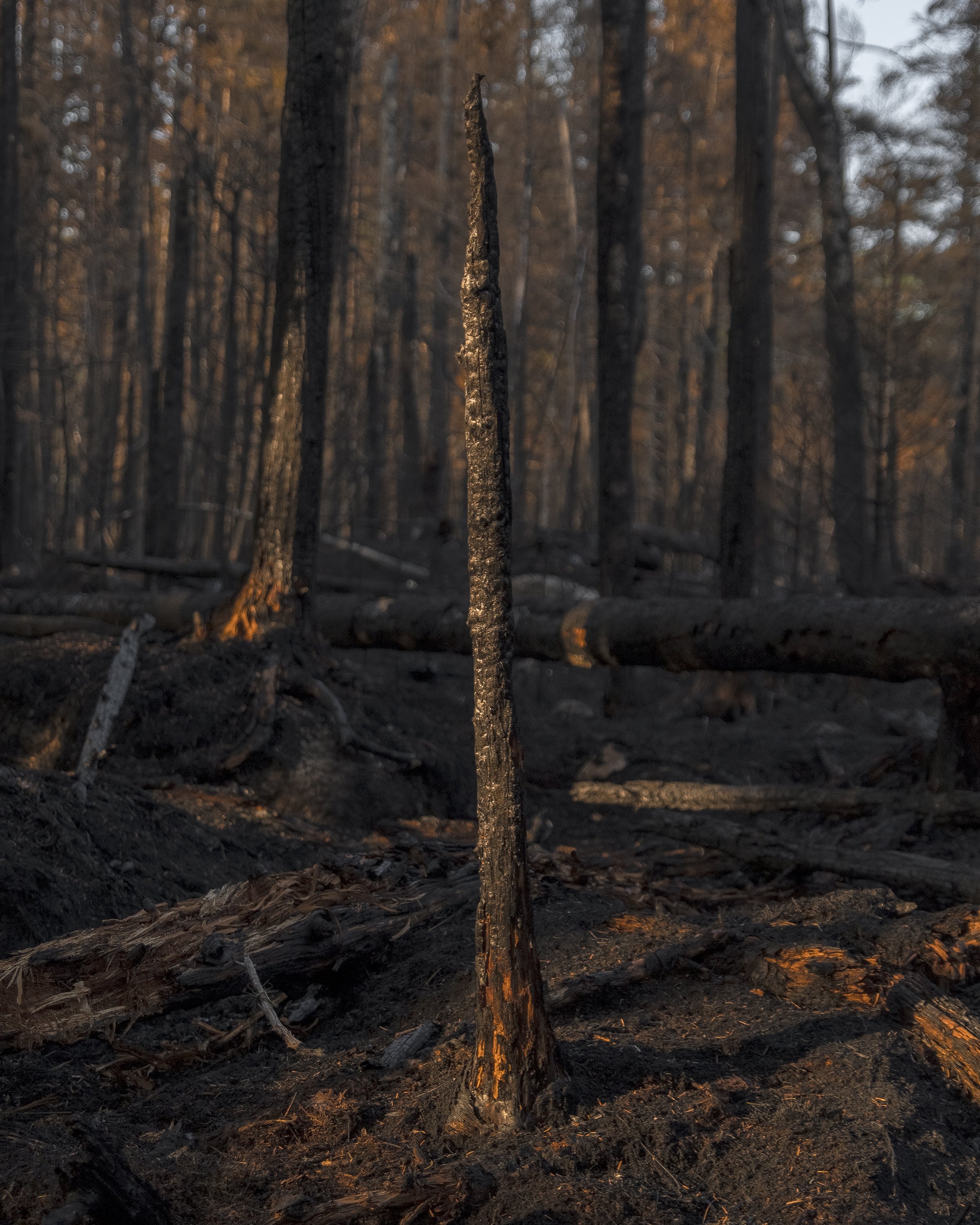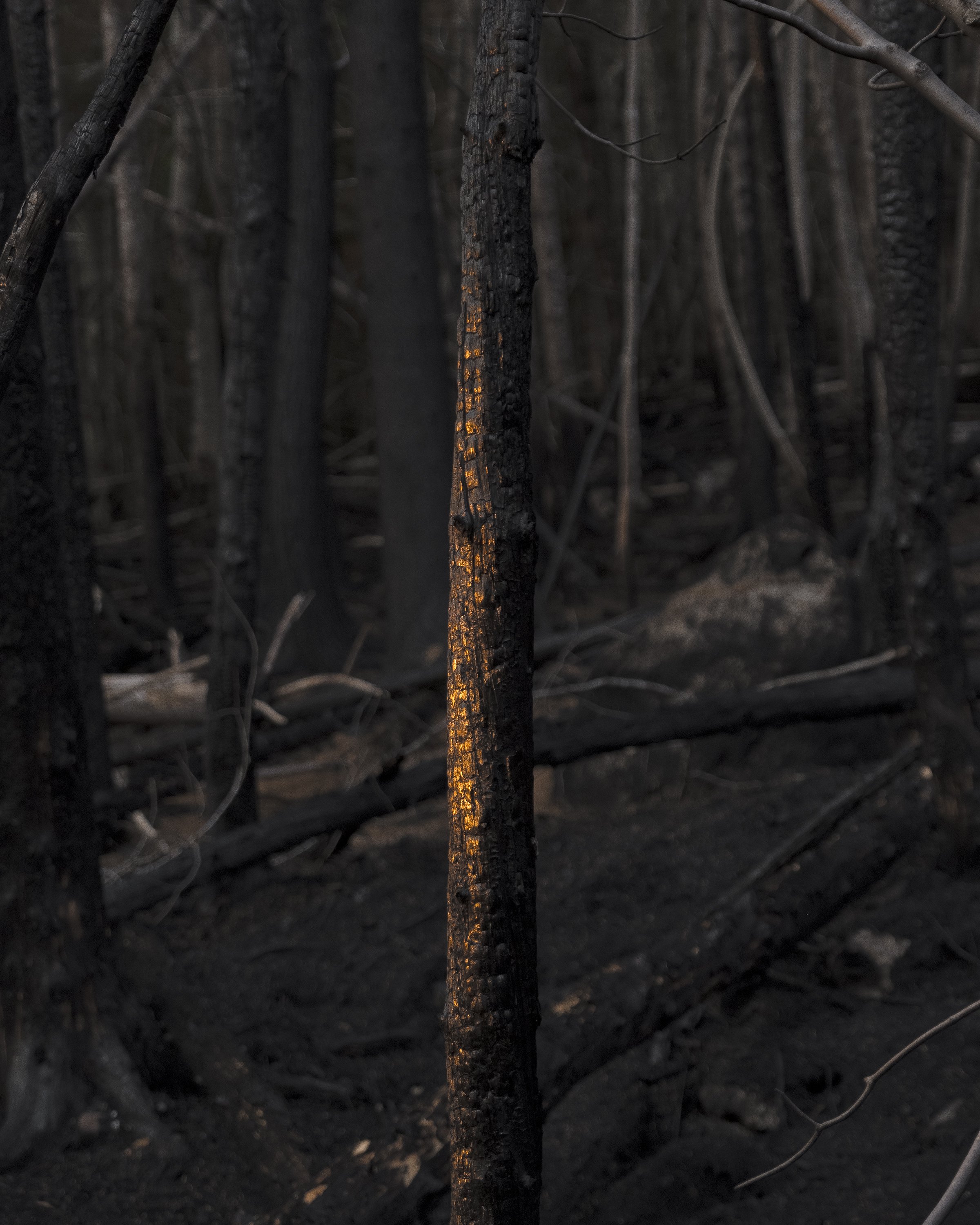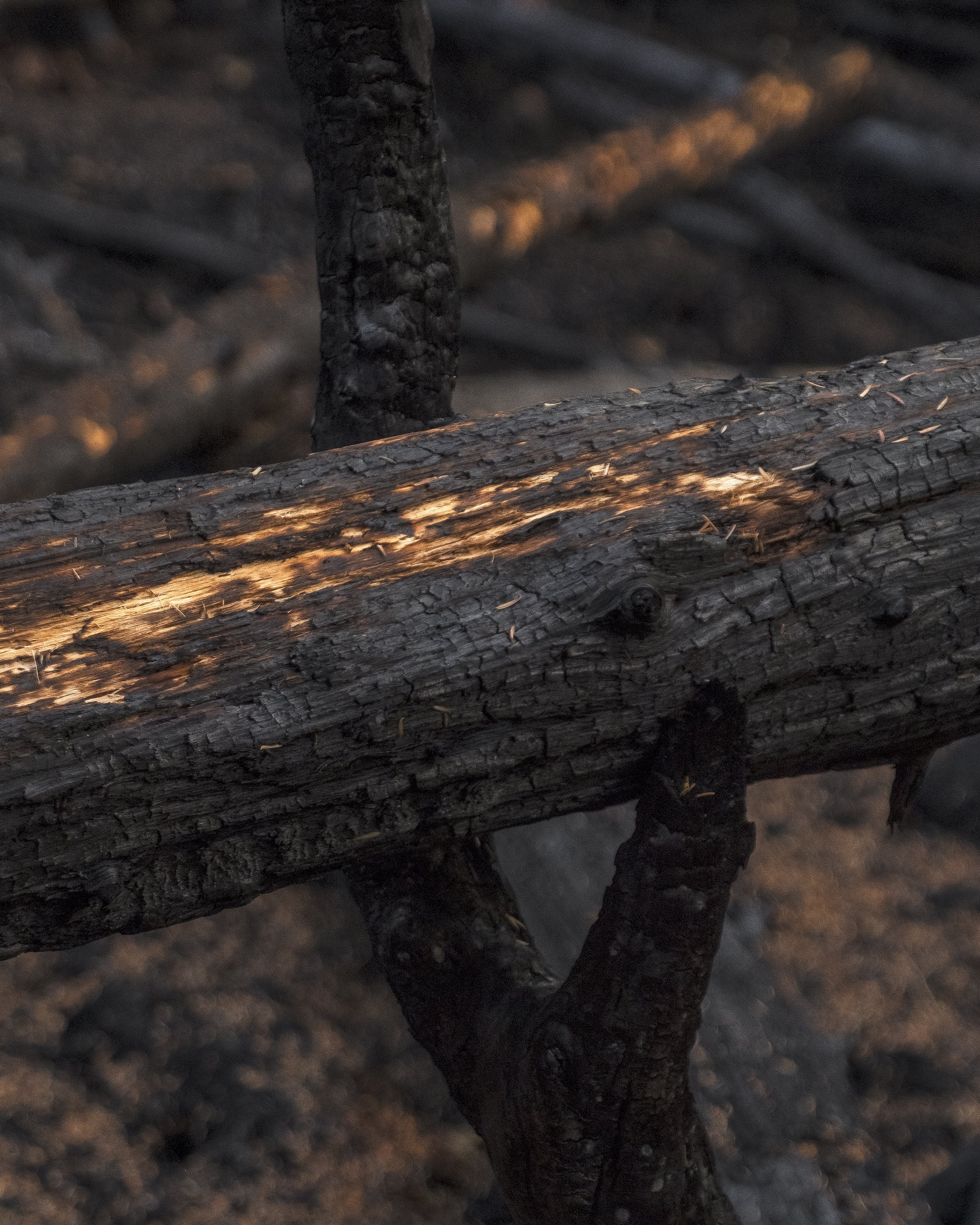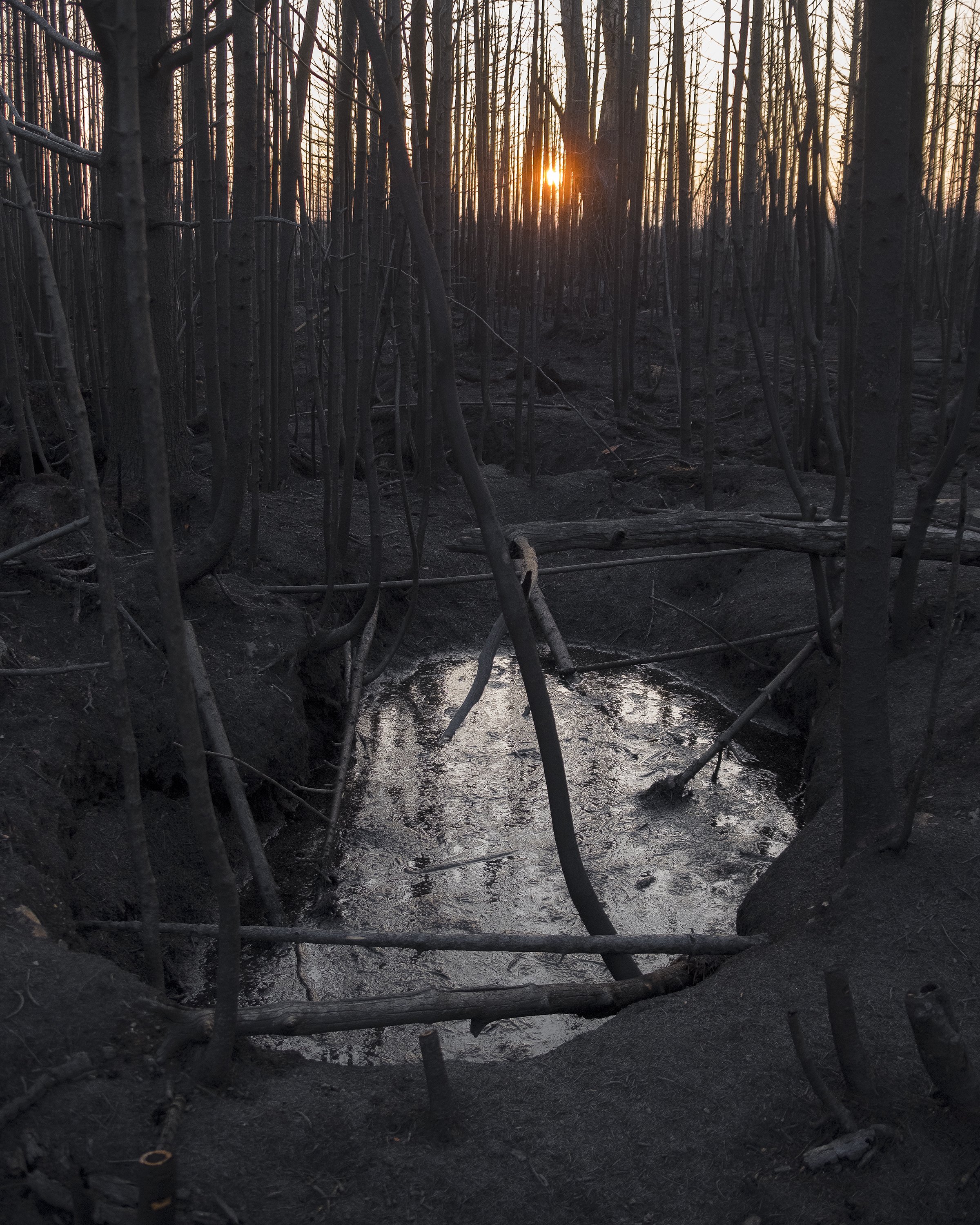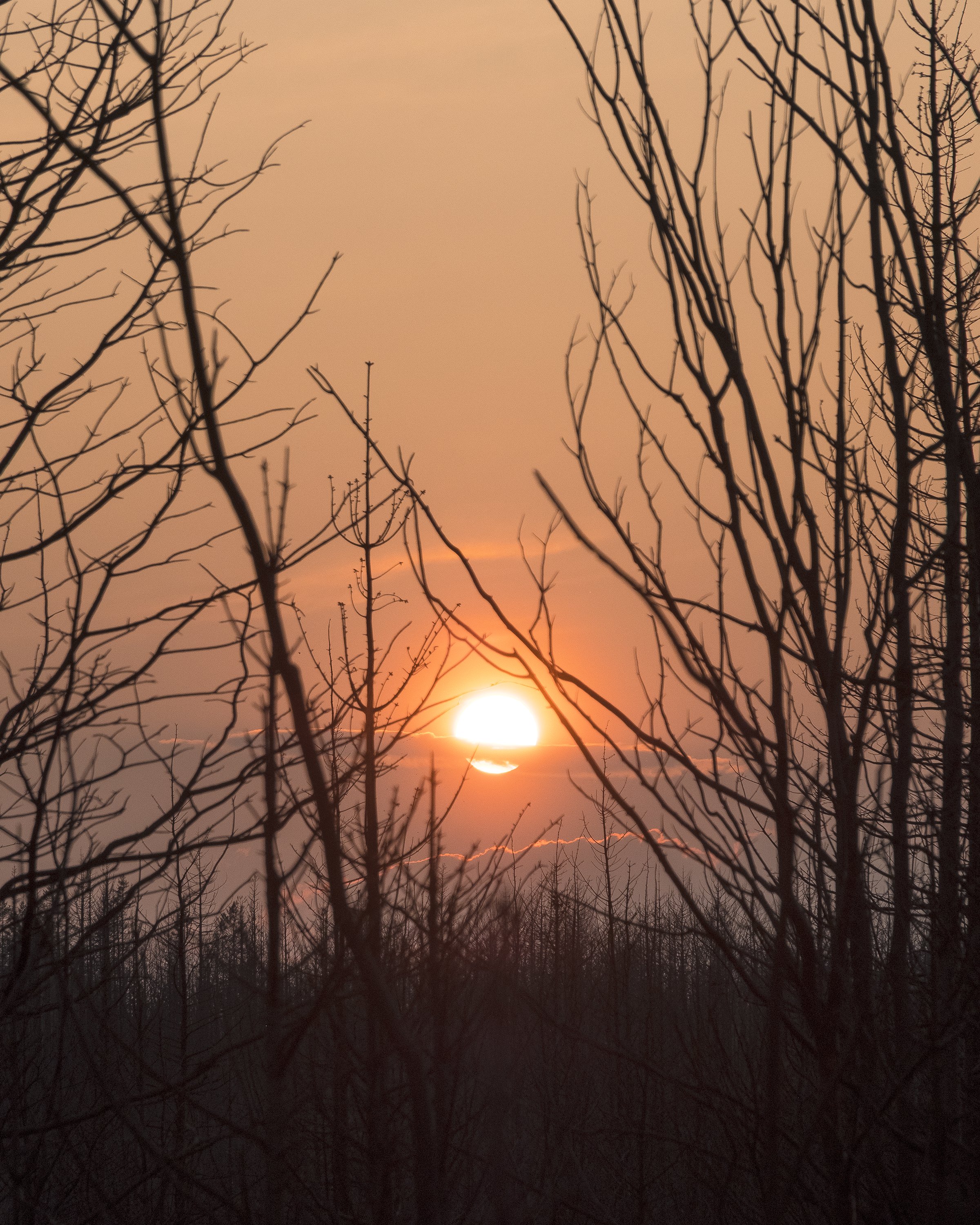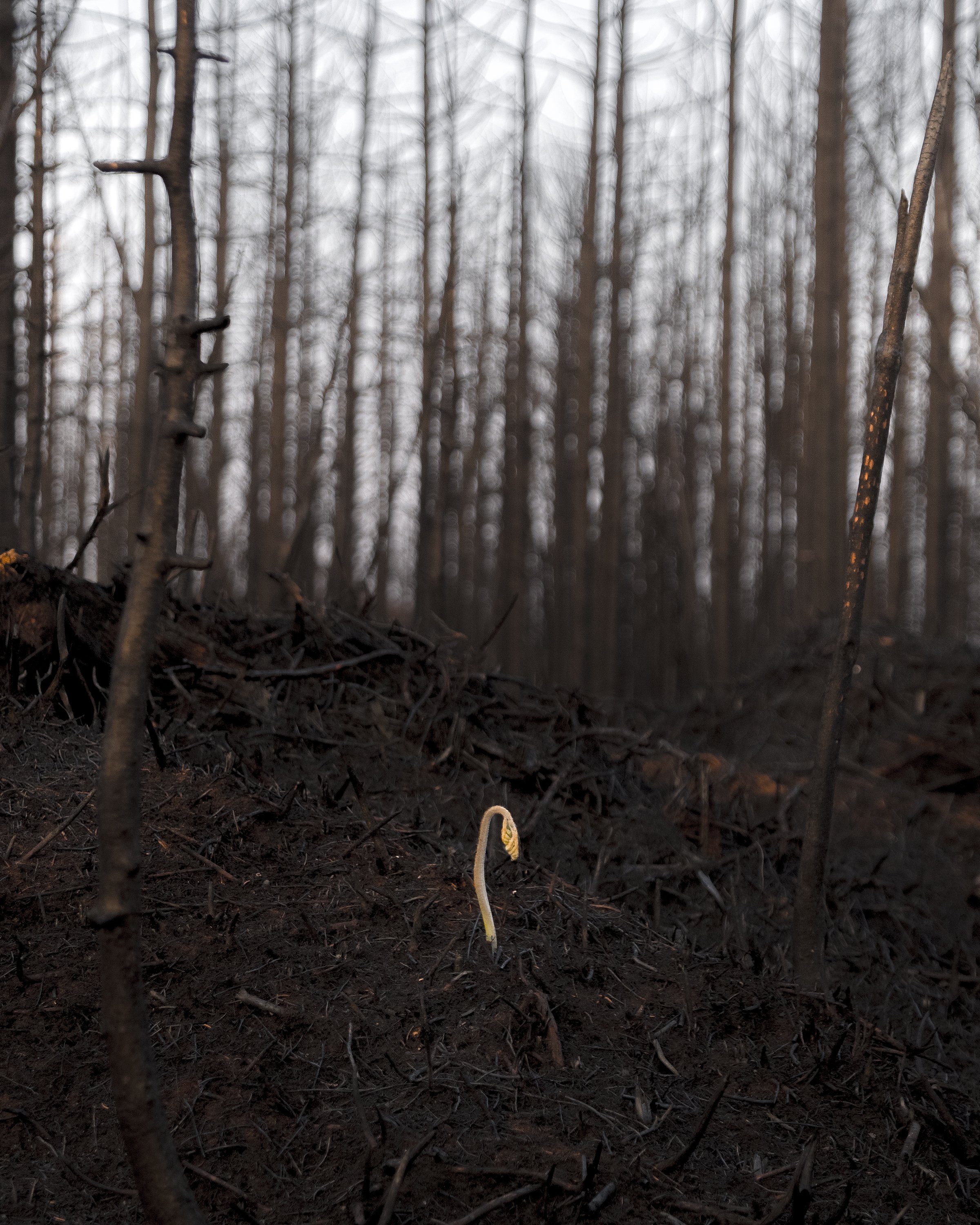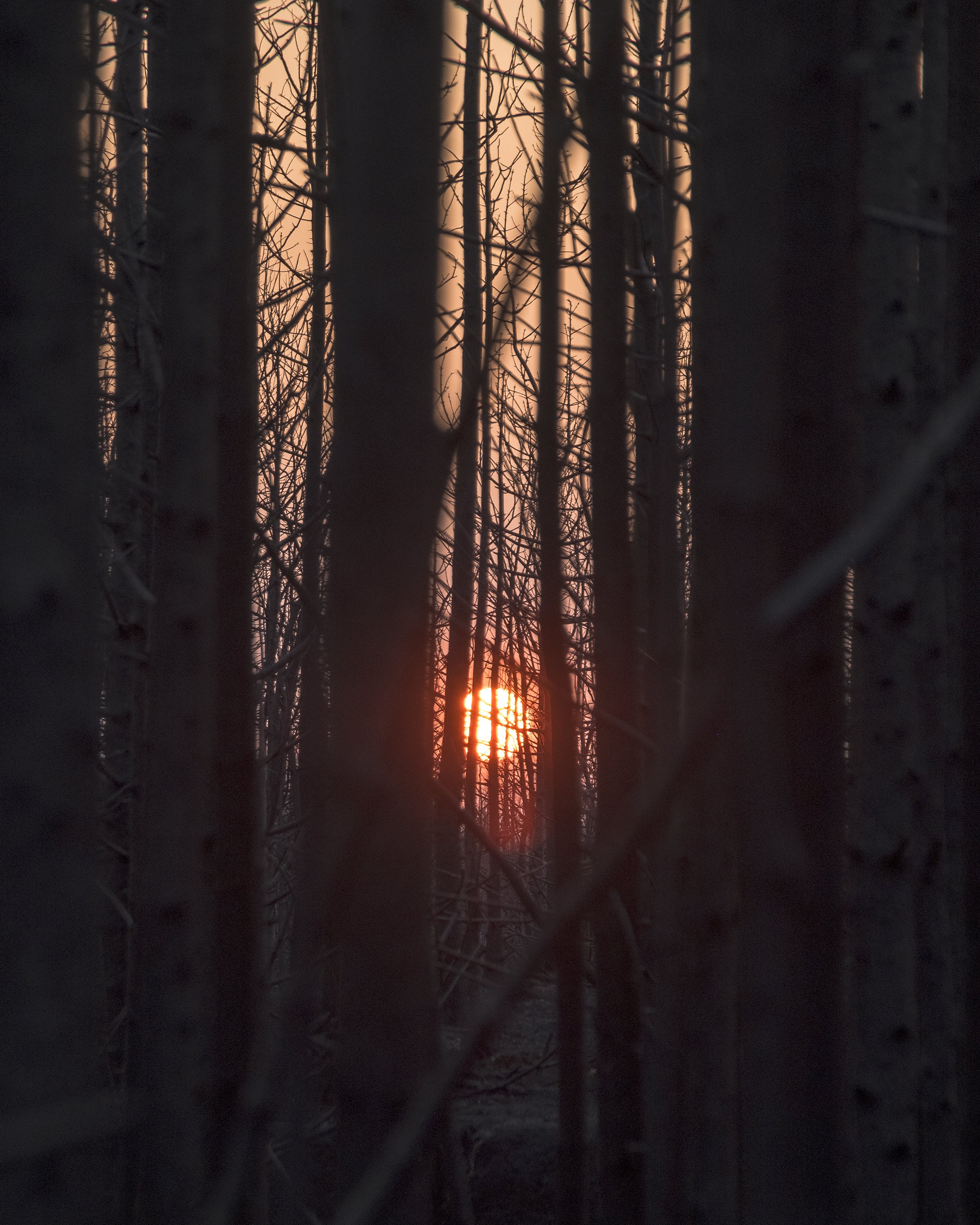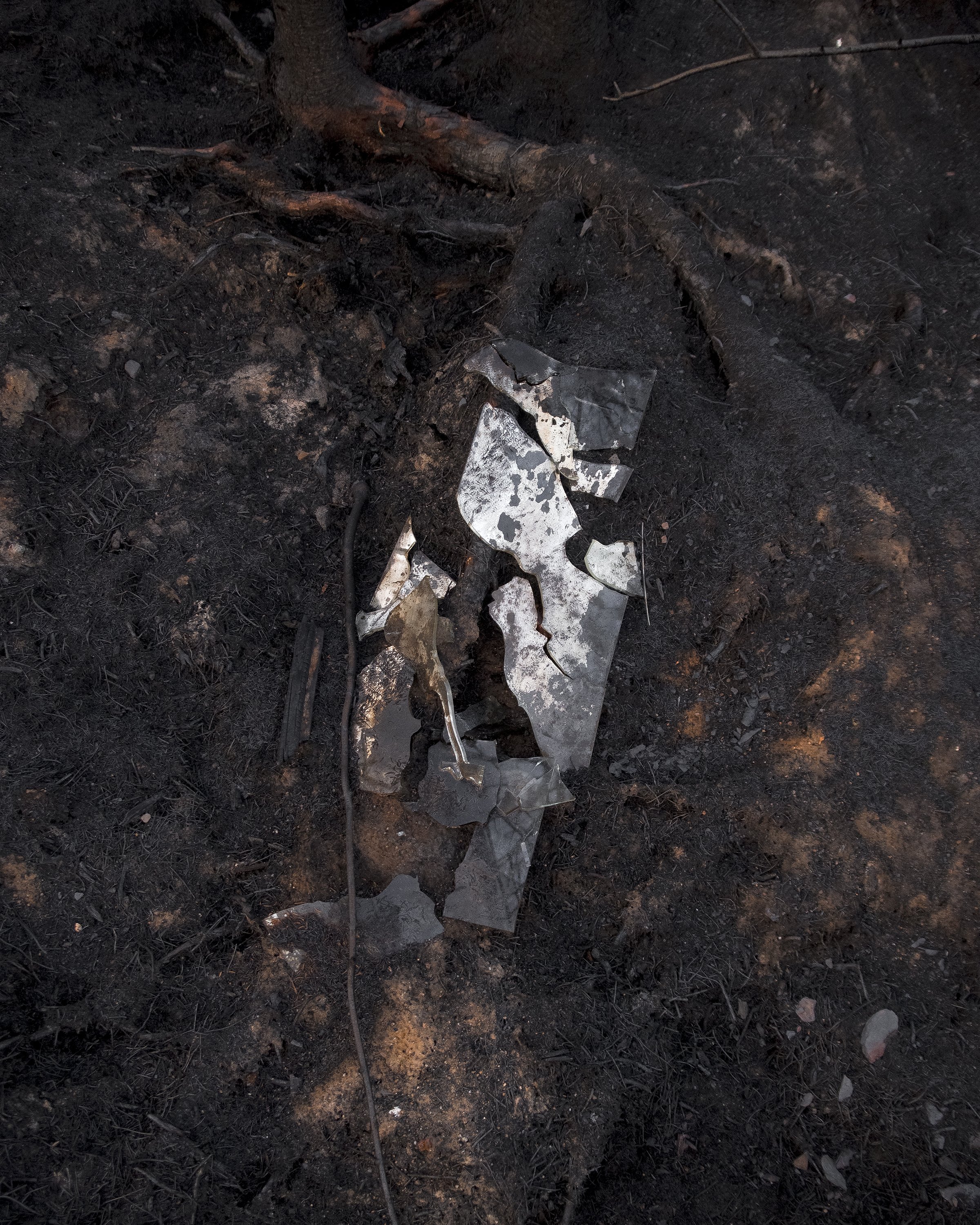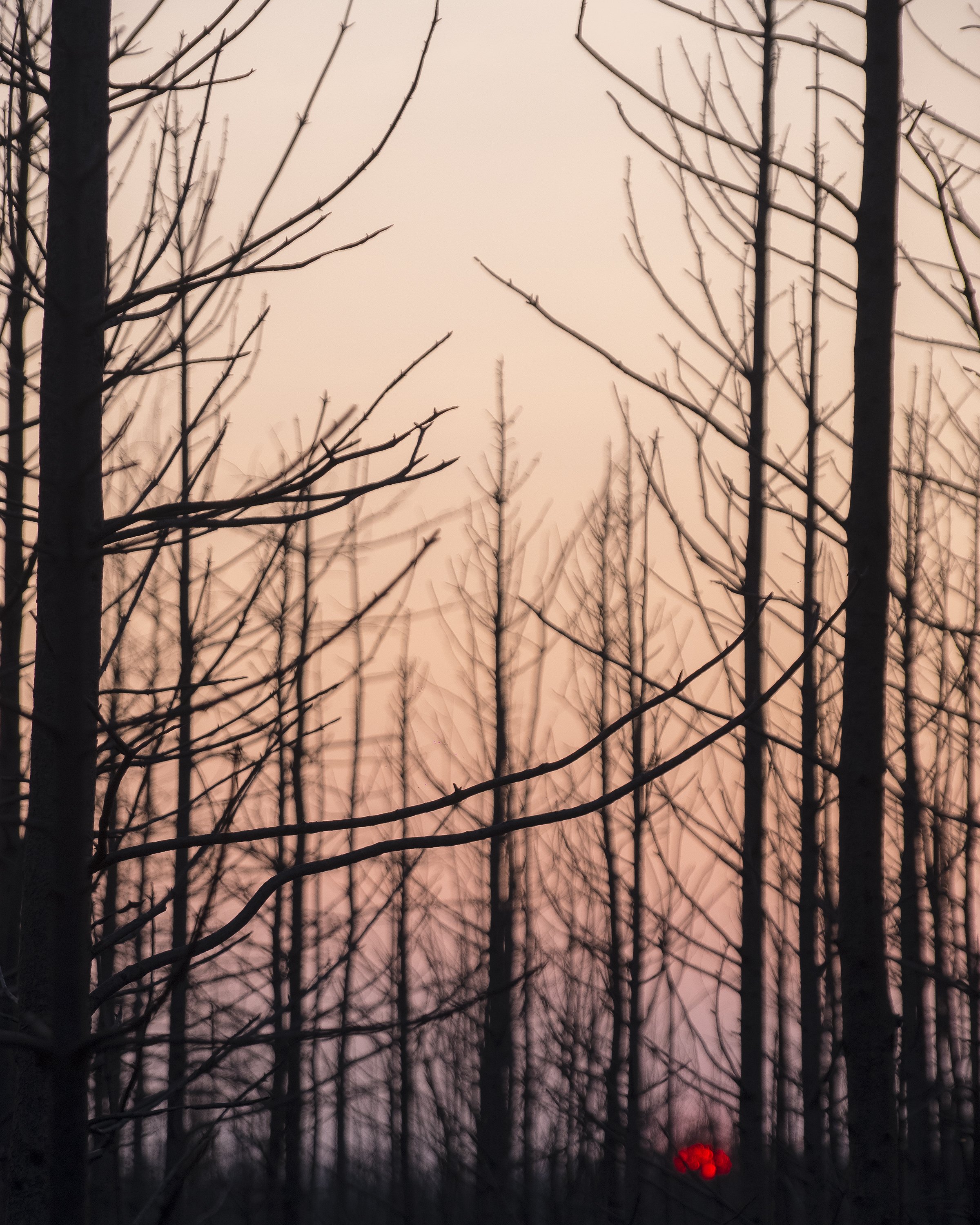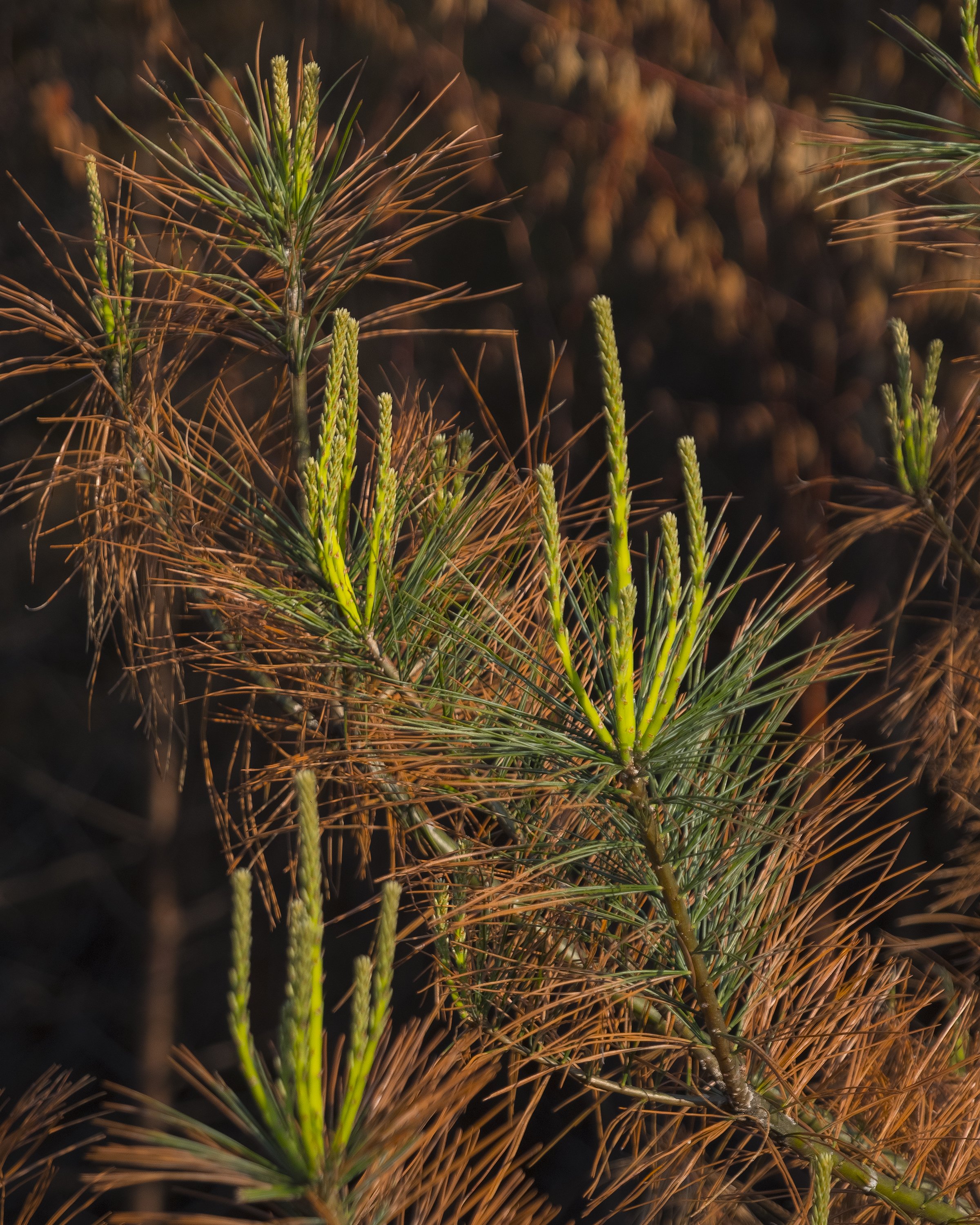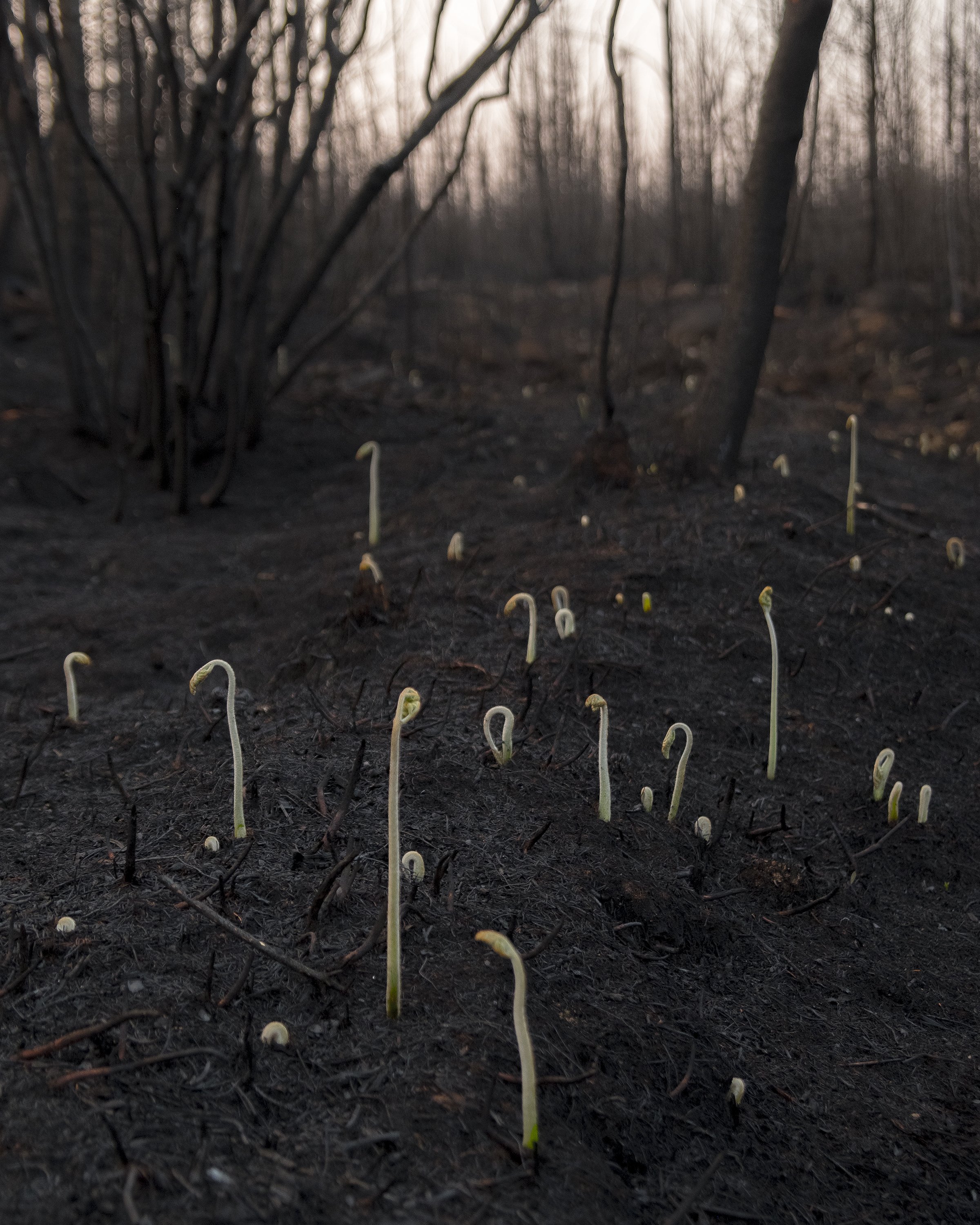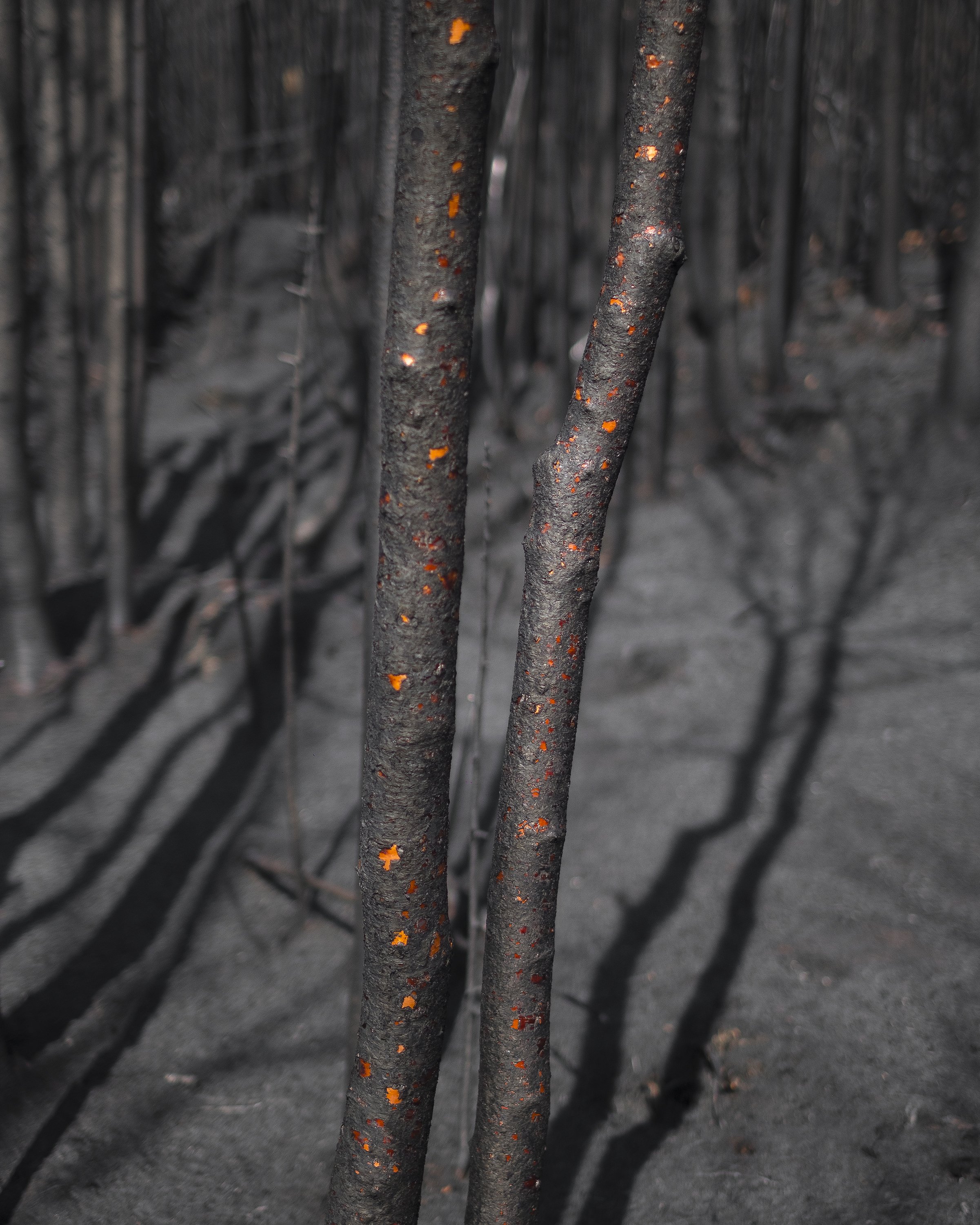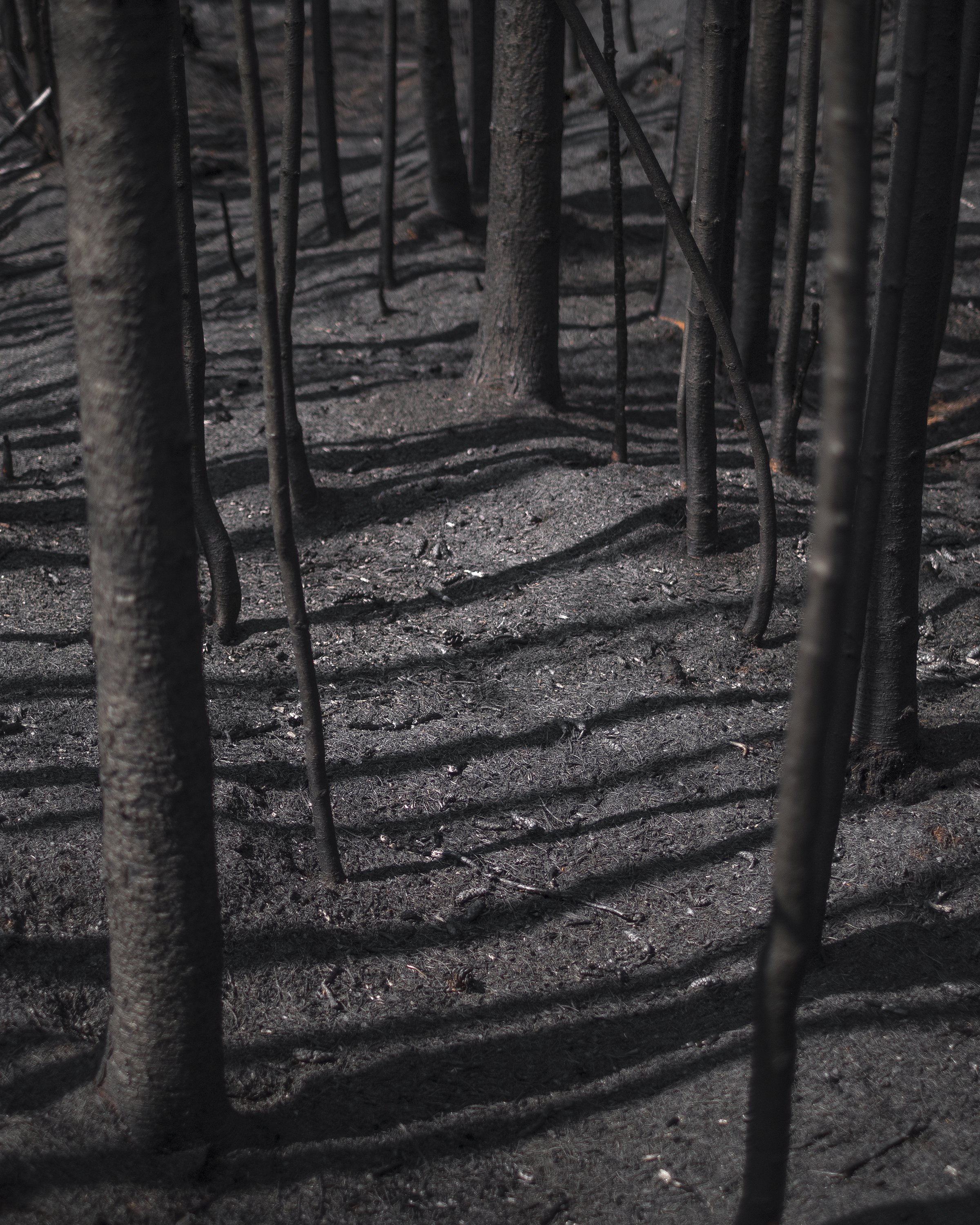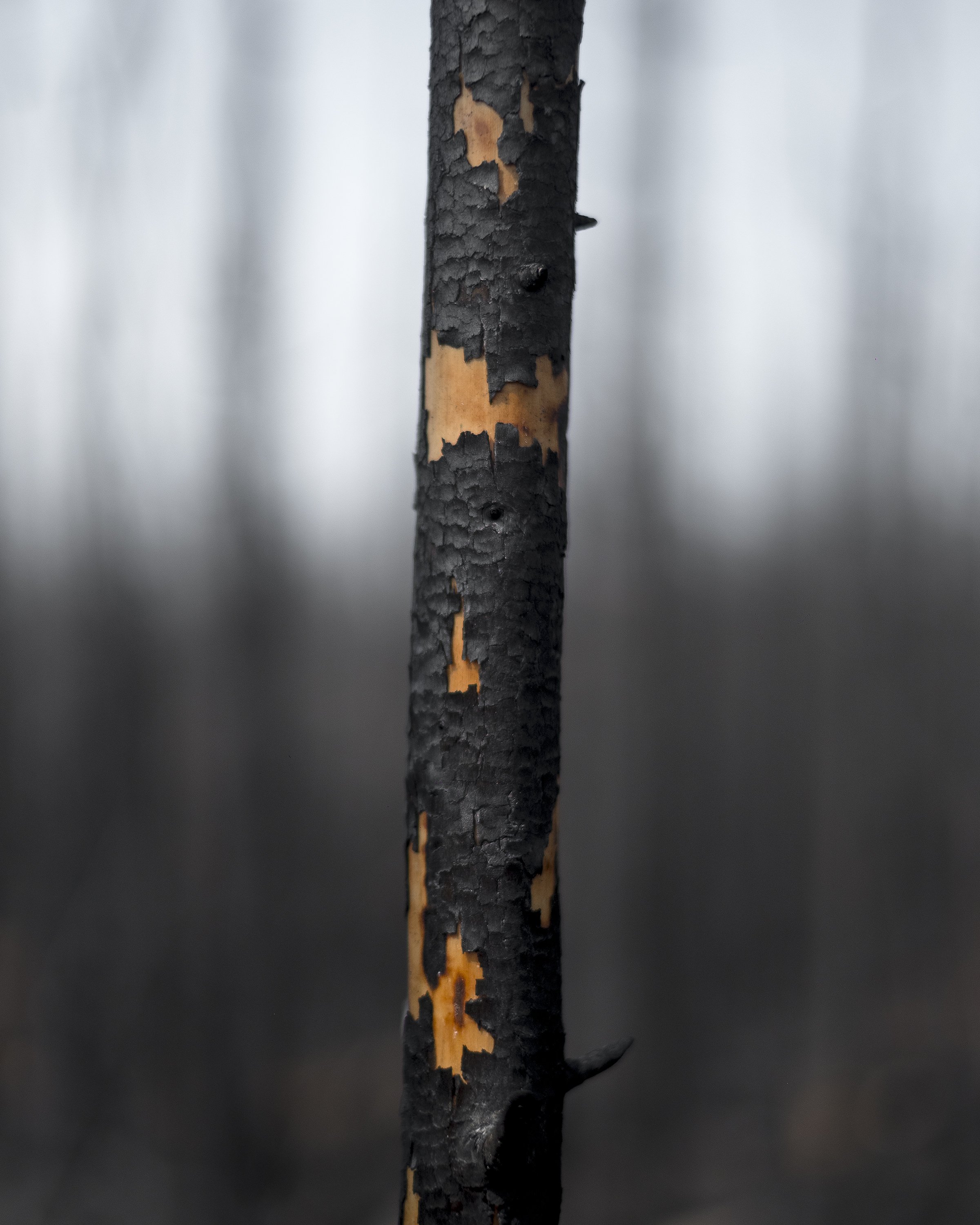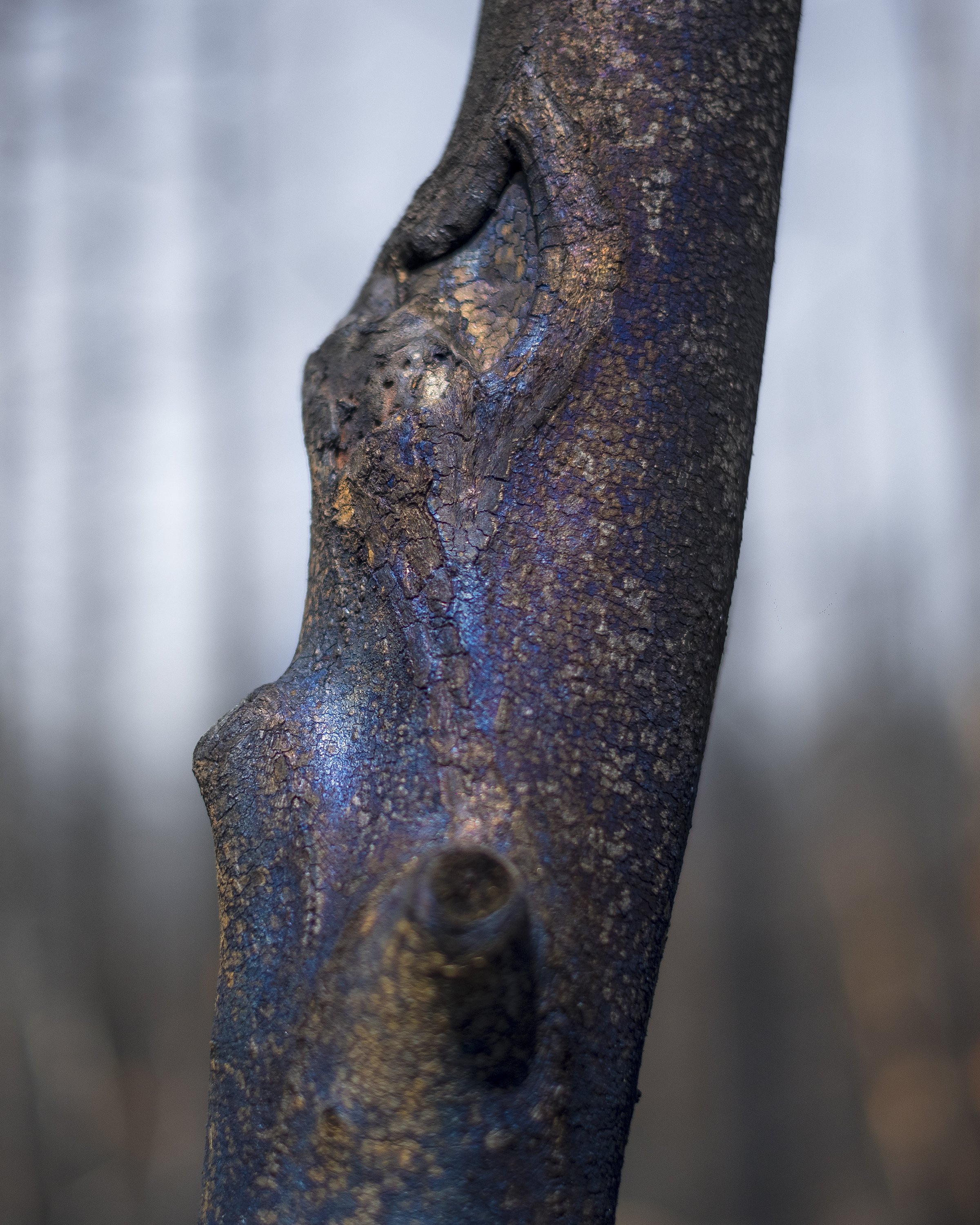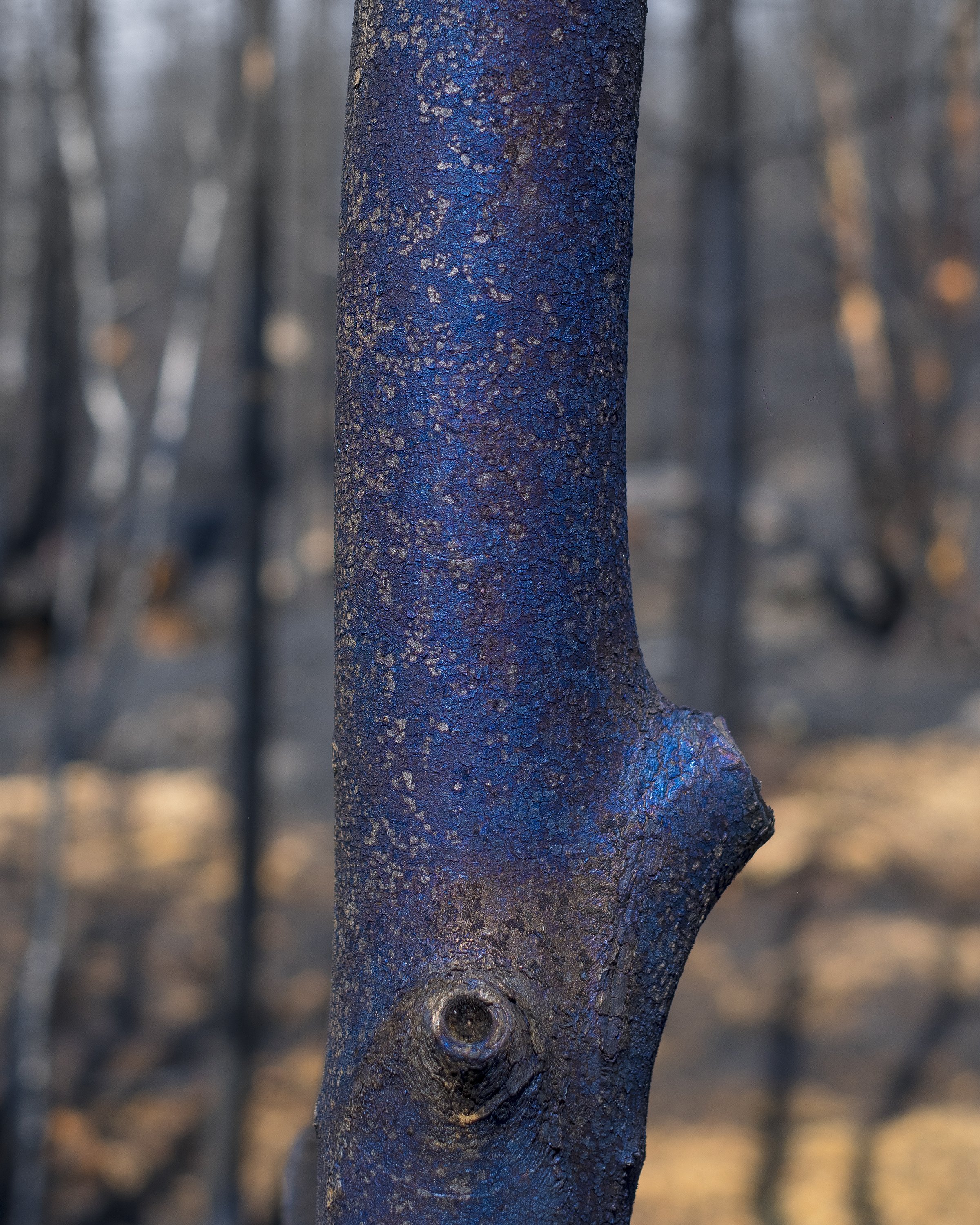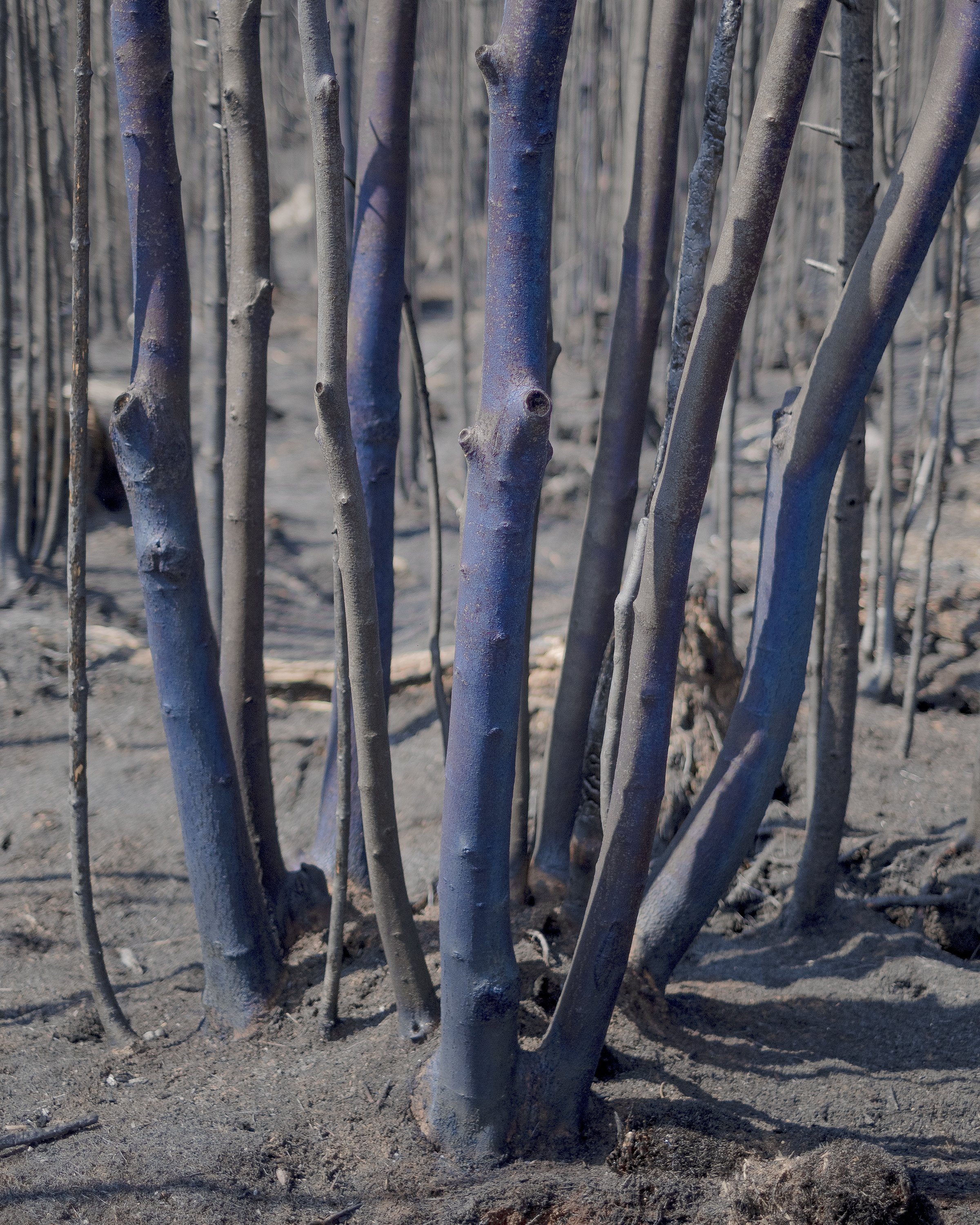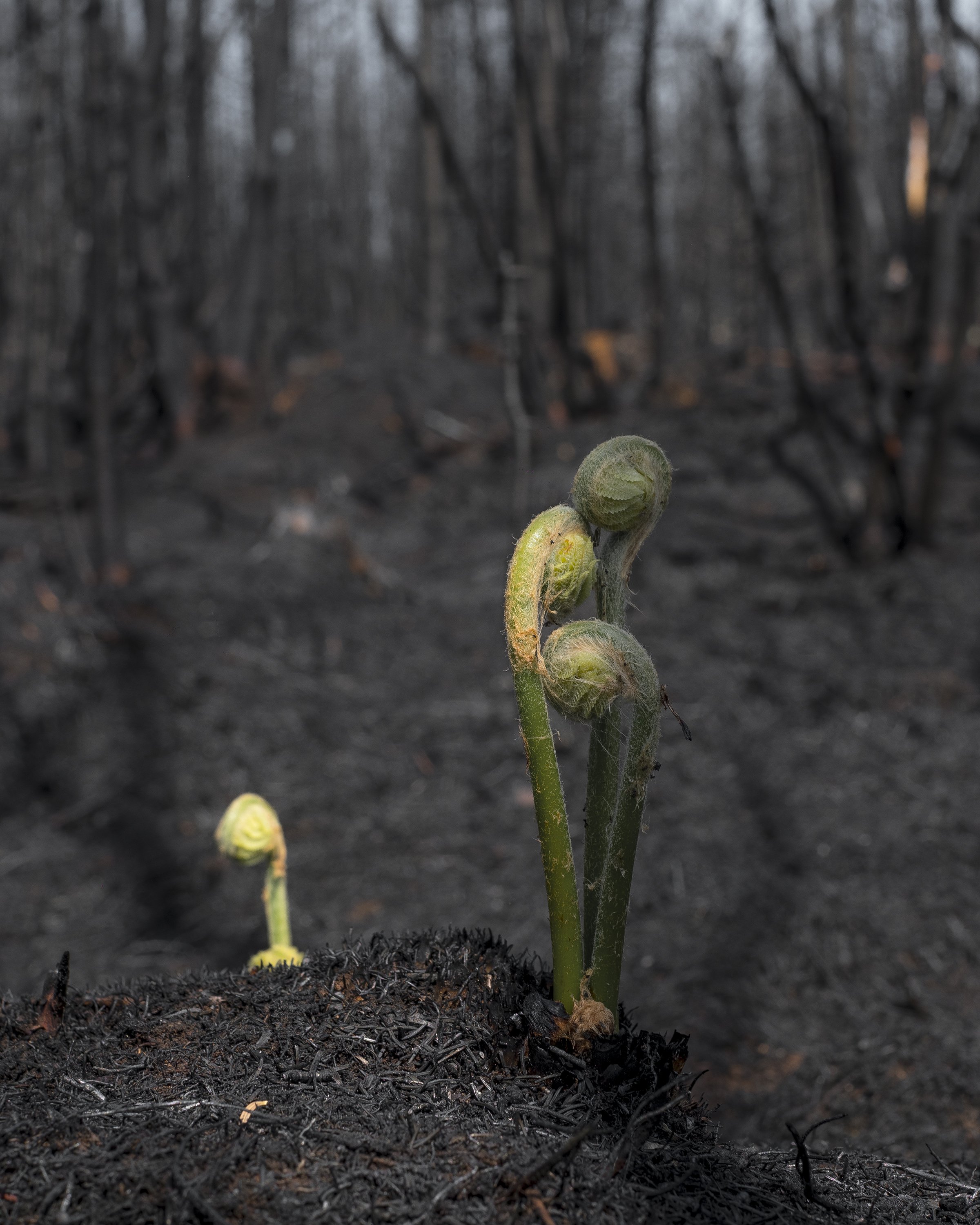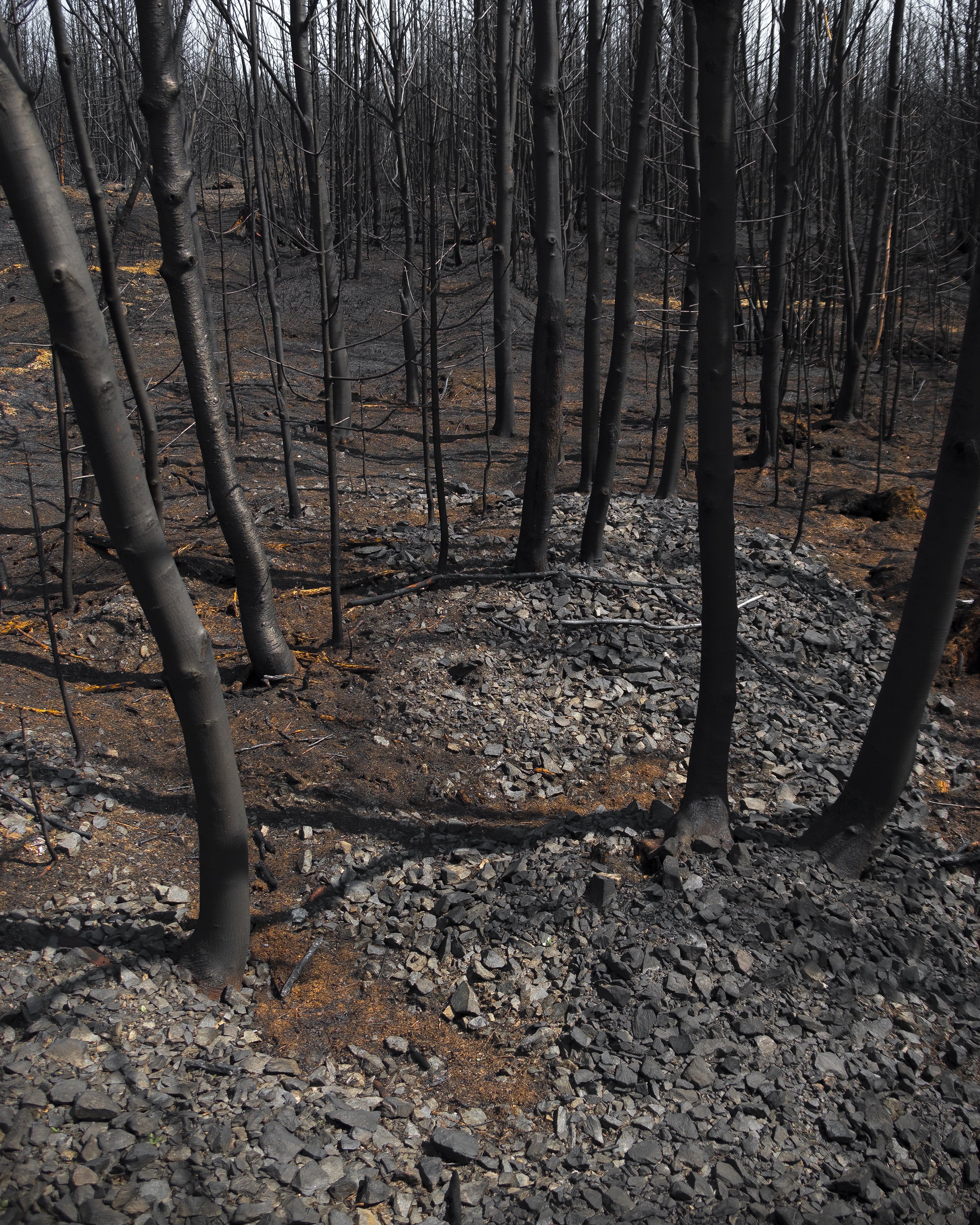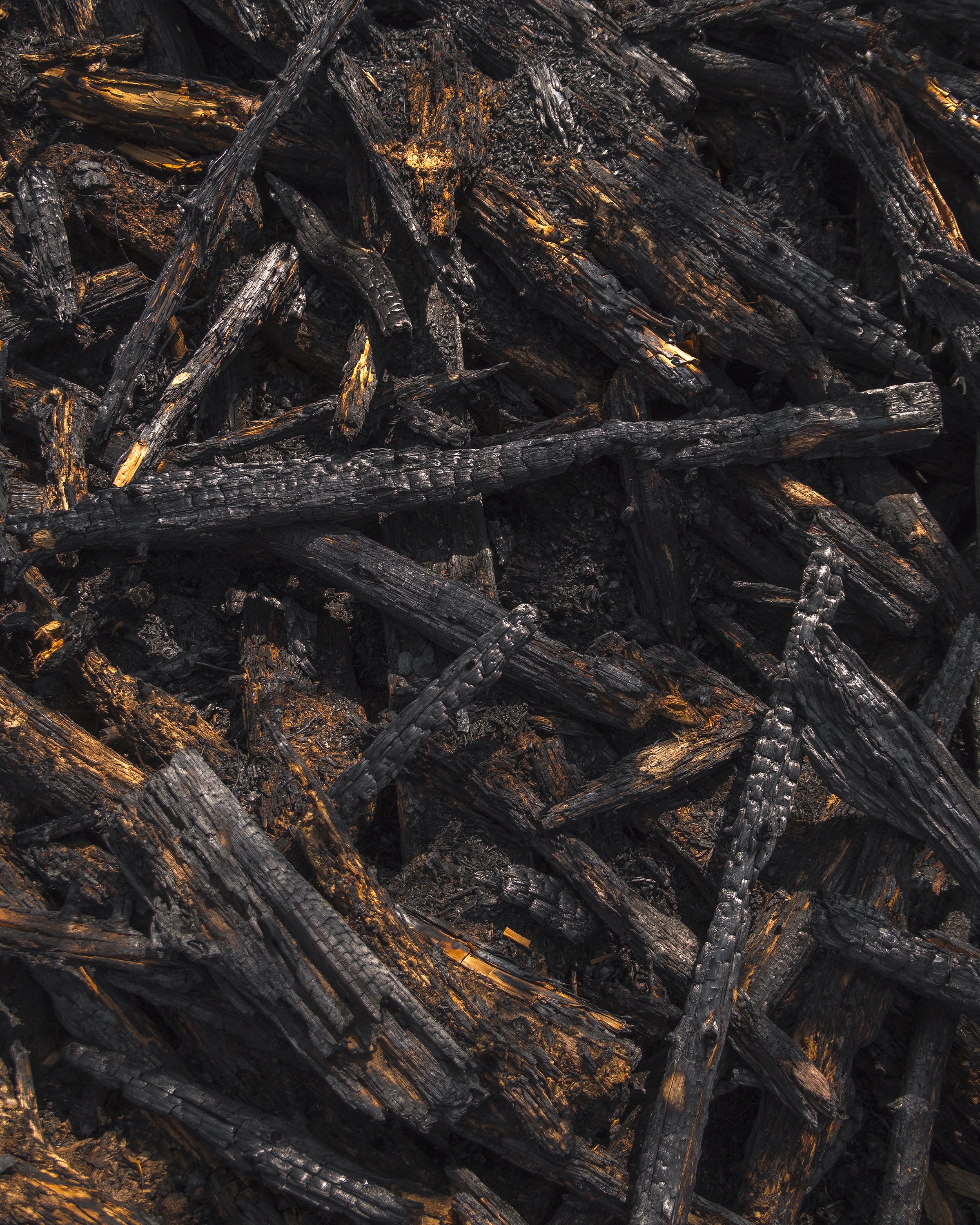Corey Isenor - After Burn
I have always had a particular interest in exploring new and unfamiliar landscapes. They captivate me due to their novelty and the fact that I have never experienced them before. The aftermath of a major fire, in particular, creates a unique environment in an area that would not typically encounter such a natural force. However, it is also a relatable space for anyone who has witnessed a forest fire anywhere on Earth, as the aftermath generally involves similar destruction.
I reside in Halifax, Nova Scotia, specifically in the central part of the city known as "the peninsula." Geographically speaking, this area constitutes the landmass, while the rest of the Halifax Regional Municipality surrounds it, covering an area of 5,475 square kilometers. The majority of the HRM consists of communities scattered across relatively new growth forests. Early European settlers cleared most of the old-growth forests in the province. Canada, as a modern country, is still quite young compared to the rest of the world. Consequently, our population remains relatively low, and nature still envelops us. Forest ecologist Donna Crossland recently mentioned in an article in The Globe and Mail that "early fires, likely linked to land clearing by settlers, left large portions of the wilderness with degraded soils and smaller trees with branches closer to the ground, which are more susceptible to catching fire." She also explained that "harvesting and historic burning have made the forest more prone to fires, as well as vulnerable to pests and hurricane damage." This forest situation, combined with the increasingly unpredictable dry winters and springs resulting from climate change, has created ideal conditions for wildfires.
We have already experienced several forest fires in Nova Scotia this year, and one notable fire occurred within the HRM, specifically in an area called Hammonds Plains. Although it covered only 0.04 square kilometers, it destroyed over 200 homes and affected more than 16,400 people who had to evacuate. Fortunately, there were no fatalities. However, in the past couple of years, larger and more significant fires have occurred. The most recent took place in Barrington Lake, located in the southern part of the province. It was the largest wildfire in Nova Scotia since the early 1920s, stretching over an area of 235 square kilometers. The fire forced the evacuation of 6,000 people and destroyed 60 homes.
Living just 19 kilometers away from the Hammonds Plains fire, I was eager to explore the burn zone once it was safe and the roads were reopened. My interest was not in observing the destruction of human spaces, out of respect for those affected, and there was very little left of the burned homes. Instead, I wanted to witness the impact on the forests and plant life, as well as the resulting landscapes. What I discovered was an eerie beauty in the charred remains of once-thriving trees, but I also witnessed surprising resilience and regrowth. Less than two weeks after the flames had been extinguished, fern fiddleheads emerged from the blackened earth.
Now that the much larger wildfire in Barrington Lake is being brought under control, I hope it will soon be completely extinguished. I anticipate visiting the area to observe the greater impact of a larger, hotter, and more prolonged fire on the natural environment it engulfs.


